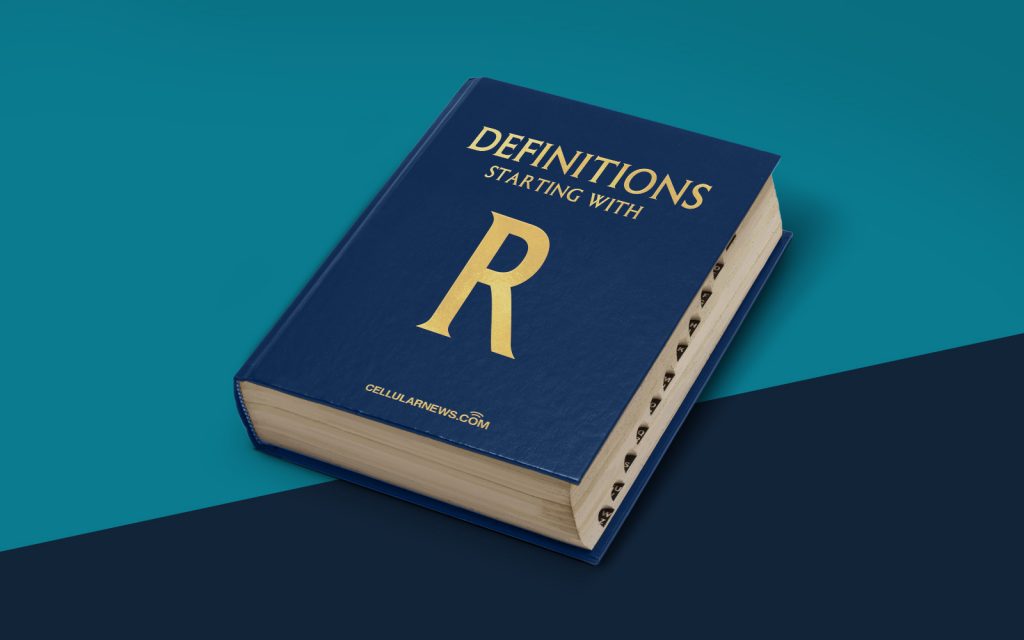
What is Rollover?
Welcome to the “Definitions” category on our page, where we provide clear and concise explanations of common terms related to various topics. Today, we’re going to define and explore the concept of rollover. So, what exactly is rollover and how does it relate to different contexts? Let’s dig in!
Key Takeaways:
- Rollover typically refers to a process where the remaining balance or unused portion of something is transferred or carried forward.
- It commonly occurs in financial transactions, retirement accounts, and website design.
Rollover in Finance:
In the realm of finance, rollover commonly refers to a process where the remaining balance or unused portion of something is transferred or carried forward. Here are a few examples of rollover in different financial contexts:
- Loan Rollover: When a borrower is unable to repay a loan within the agreed-upon timeframe, some lenders may offer the option to roll over the balance into a new loan. This allows the borrower to extend the repayment period and avoid default.
- Retirement Account Rollover: In retirement planning, rollover typically refers to the process of moving funds from one retirement account to another, such as from a 401(k) to an IRA. This allows individuals to maintain the tax advantages of their retirement funds while consolidating their accounts.
- Foreign Exchange Rollover: In the forex market, rollover refers to the practice of extending the settlement date of an open position to the next trading day. This is done primarily to avoid the physical delivery of currencies and instead settle the position in cash.
Rollover in Website Design:
While rollover has its roots in finance, it is also commonly used in website design to enhance user experience and interactivity. In this context, rollover refers to an effect where an element on a webpage changes or animates when a user hovers their cursor over it. This effect is achieved using HTML and CSS, and it can make websites more engaging and interactive.
For example, a button on a webpage can change color or display additional information when a user hovers over it. This visual feedback not only improves user experience but also provides important cues for navigation and interaction.
Wrap Up:
Rollover is a versatile term that finds its application in both finance and website design. Whether it’s carrying forward funds in a retirement account or creating interactive effects on webpages, the concept of rollover plays an important role in various domains.
We hope this definition has provided you with a clear understanding of what rollover means in different contexts. As always, feel free to explore our “Definitions” category to demystify other commonly used terms!
